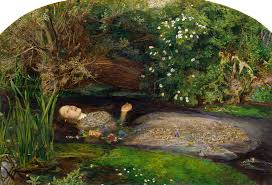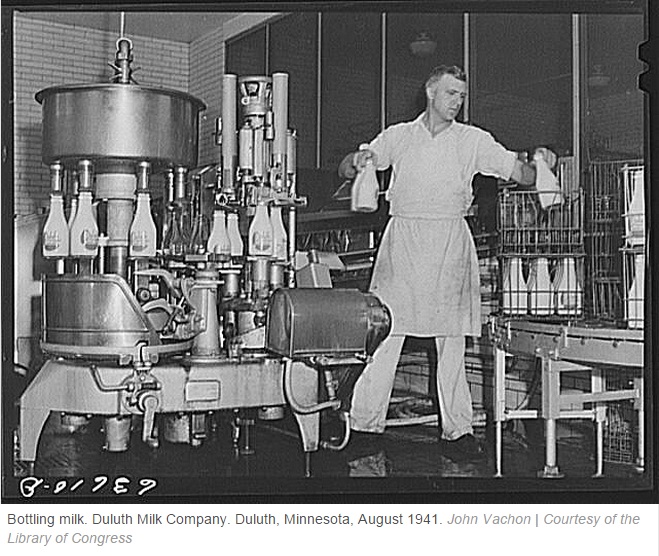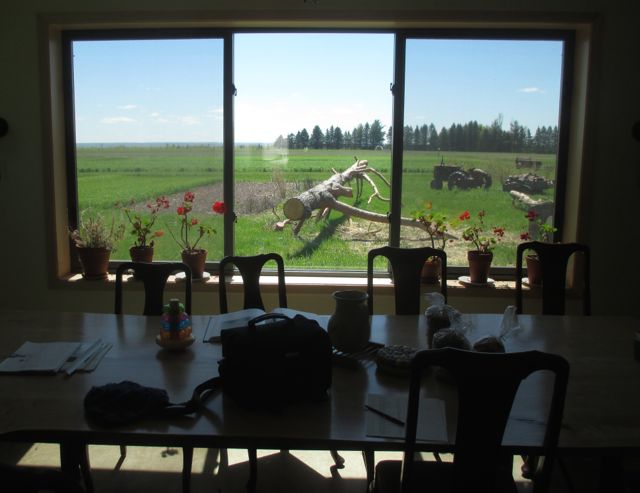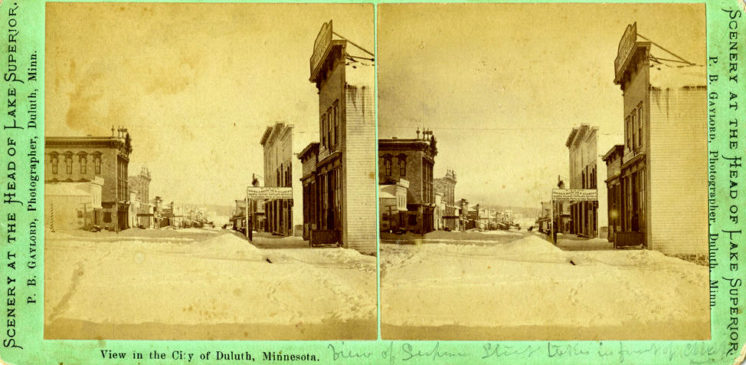 I recently saw the the work of Duluthian Shannon Hickok Cousino, including this piece.
I recently saw the the work of Duluthian Shannon Hickok Cousino, including this piece.
My first thought is that I am drawn to it because it reminds me of other, iconic imagery — like the paintings of Ophelia (paintings by Millais and Waterhouse, below). These are the “tragic woman” of literature rendered as a beautiful tragedy. Almost so beautiful they are hard to imagine as tragic. Without a doubt, we have aestheticized the suffering of Ophelia, of women, repeatedly.


“Now we Float” makes no attempt to aestheticize the tragedy (at least, if by that, we mean erase suffering and replace it with flowers and outstretched hands).
Even as she floats, the figure in “Now we Float” does not break the surface. The surface weighs upon her. A friend of mine called it “weight of insurmountable pressure” — the kinds of pressures that crush someone, inside or out. I am remembering here the Pipher books about Ophelia that were so powerful in the 1990s.
But is the woman in Cousino’s work tragic? “Now we Float,” as a title, speaks to a kind of agency, even in death. As opposed to the scene captured on film (perhaps a scene of floundering, struggling, drowning, beneath those pressures), now, we float. Now, we simply rise to the surface. There is a simple clarity in that title, one that both underscores and undermines the tragedy, I think. No longer struggling, she floats. No longer struggling, though, she fails, still, to break the surface.


















